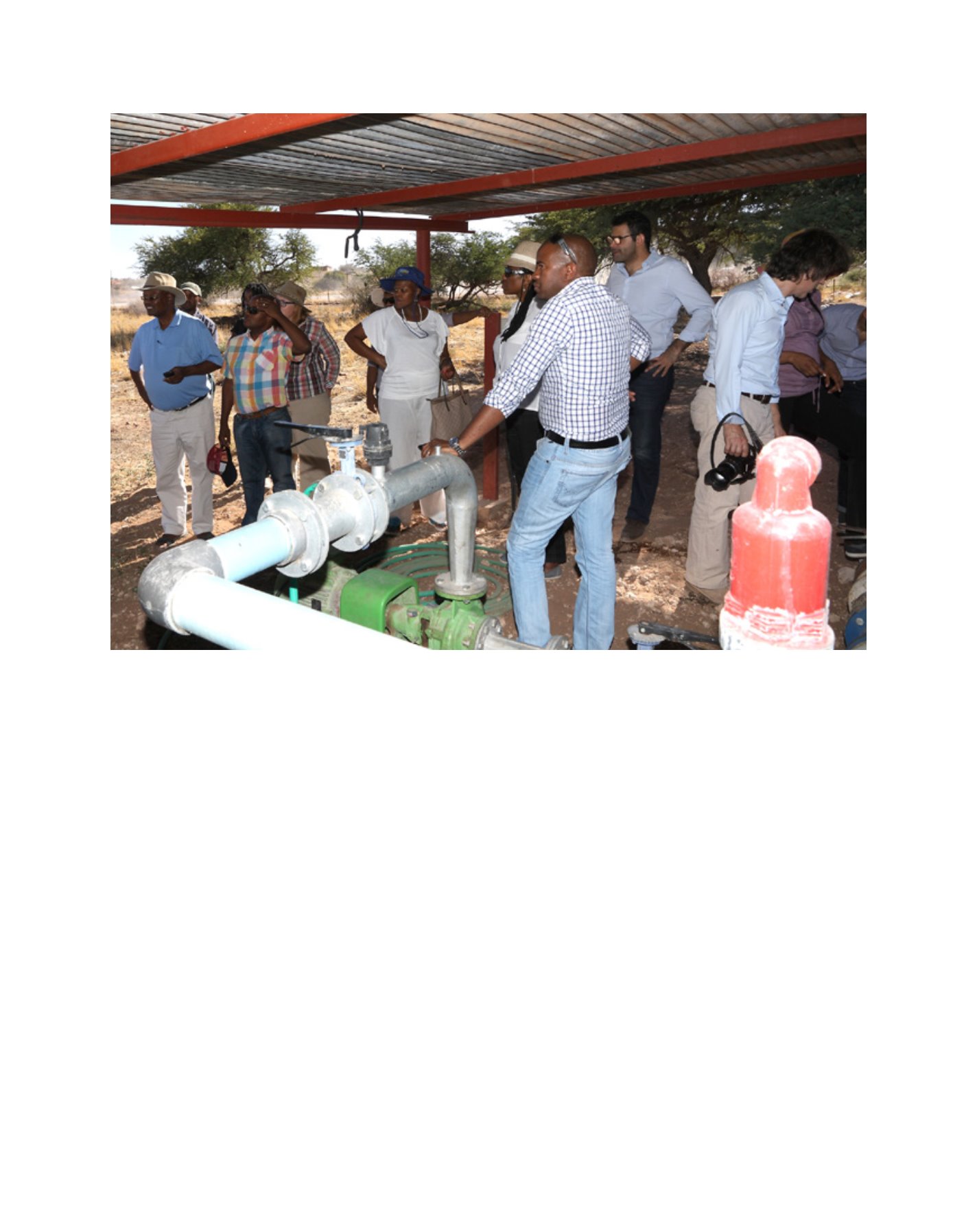

[
] 13
access
to
water
and
sanitation
for
all
is notably more critical for transboundary aquifers where
very few agreements exist. One of the reasons to explain
this context is the fact that the promotion of transboundary
water cooperation has generally been underfinanced within
the international community, mainly because development
partners have not been programmed to finance processes
without a clear result and timeline
8
.
Building a global foundation for IWRM implementation:
SDG Target 6.5
By setting Target 6.5 in the Sustainable Development Goals
(SDGs), Member States and the UN System have recognized
the importance of the implementation of IWRM plans at basin
scale at both national and transboundary level. This target
will be of paramount importance to assist in interlinking
the other water-related targets, and hence promote coopera-
tion among the various stakeholders and sectors. It will also
provide the missing roadmap and timeline that will facilitate
investments on transboundary water cooperation. To reach
Target 6.5, two indicators have been developed to assist in
monitoring and assessing its implementation. Indicator 6.5.1
will assess the degree of IWRM implementation in order to
assist countries in identifying policy, institutional, manage-
ment tools and financing gaps and barriers, while indicator
6.5.2 is aimed at encouraging countries to develop opera-
tional frameworks for transboundary basins.
On-ground implementation of SDG Target 6.5 in
Southern Africa
An example of the implementation of Target 6.5 in which politi-
cal commitment has been translated into actions on the ground
comes from Southern Africa. Water scarcity is a recognized
norm in a large part of this very arid region that is subjected to
high climatic variability and a highly unreliable rainfall regime
which worsens the region’s recurring droughts. The Orange-
Senqu River Basin is one of the largest basins in Southern Africa
and is home to numerous dams and complex transfer schemes
used to manage and distribute water between primarily indus-
trial users in the headwaters, and downstream agriculture.
Given its importance, multiple initiatives have been carried out
by local and international stakeholders to ensure the sustaina-
ble and equitable water resources management across the basin.
A major milestone for the promotion of transboundary
water cooperation in the region was the establishment of the
Orange-Senqu River Commission (ORASECOM) in 2000
by the Governments of Botswana, Lesotho, Namibia and
South Africa. Its main objectives are to provide a forum for
consultation and coordination between the riparian states
to support IWRM. The roles and functions of ORASECOM
are now shifting from planning to implementation of actions
as part of its 10-year IWRM Plan (2015–2024) which is an
expression of optimal use of all water resources, including
groundwater, through joint actions of the riparian countries.
Borehole for irrigation in the Stampriet Transboundary Aquifer System
Image: UNESCO / Pius Gsponer, Namibia Nature Foundation
















